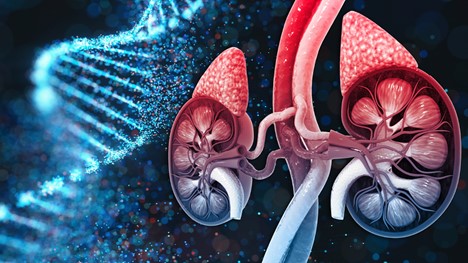Please click here to access the activity by my cme.
PROGRAM DESCRIPTION
Pheochromocytomas are catecholamine-secreting neuroendocrine tumors. Symptoms present in ~50% of patients and are typically paroxysmal, with the classic triad of headache, sweating, and tachycardia. It is now known that up to 20% of these tumors are outside the adrenal gland or extra-adrenal, about 10% are bilateral, up to 25% can become metastatic, and a wide variety can be asymptomatic. A key feature is that up to 40% are hereditary, and in children, that number is even higher, with up to 80% being hereditary. All patients who develop pheochromocytoma and or paraganglioma should be offered genetic testing since up to 40% have a hereditary susceptibility gene, pathogenic variant, or mutation.
Through discussions with a patient who is SDHB positive, we hope to provide clinicians with information on hereditary paraganglioma-pheochromocytoma syndrome, the significance of mutations and associated tumor risks, surveillance recommendations and best practices on how to manage patients with the germline mutations who are MIBG avid/not avid.
